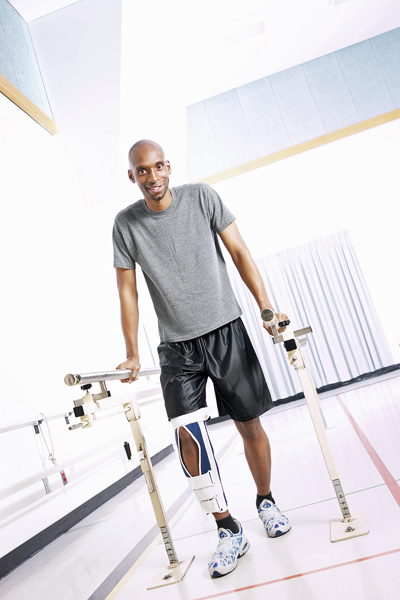Exploring the Varied Techniques of Physiotherapeutic Therapy for Enhanced Recovery and Rehabilitation
Exploring the Varied Techniques of Physiotherapeutic Therapy for Enhanced Recovery and Rehabilitation
Blog Article
Physical therapy is an important field that helps people recover from traumas, operations, and multiple medical conditions. It involves a range of techniques designed to enhance movement, reduce discomfort, and enhance general bodily capability. Physiotherapy therapists are trained professionals who evaluate each client’s requirements and create customized treatment strategies. These programs often consist of exercises, manual therapy, and instruction about body movements. By employing these diverse approaches, physiotherapy can substantially improve a person’s quality of life.
One frequent method used in physical is therapeutic activity. This involves specific actions and exercises that help strengthen muscle strength, improve range of motion, and increase endurance. For instance, a patient rehabilitating from leg surgery may engage in workouts that concentrate on restoring strength in the leg muscles. These exercises are meticulously selected based on the individual’s status and goals. By incrementally boosting the difficulty and challenges of the activities, physiotherapy therapists can help clients recover their power and movement over time.
Another important technique is hands-on treatment, which includes physical methods to manipulate the human body soft muscles and articulations. This can involve stretching, joint movement, and massage. Hands-on treatment seeks to relieve pain, reduce swelling, and enhance circulation. For instance, a therapist may use gentle pressure to relieve tension in stiff muscles or to assist a articulation move more smoothly. This technique is often combined with other therapies to enhance rehabilitation and promote recovery. Patients often consider manual therapy to be a soothing and effective way to control their pain.
In addition to exercises and manual therapy, instruction plays a crucial part in physical. Practitioners instruct clients about their conditions and how to manage them efficiently. This may include advice on proper alignment, body movements, and strategies to avoid future traumas. For example, a practitioner might show a patient how to lift weighty objects properly to prevent injuring their back. By enabling patients with knowledge, physiotherapy practitioners help them assume an active role in their recovery and encourage long-term wellness and well-being.
Ultimately, technology is progressively being incorporated into physiotherapy practices. Devices such as ultrasound, electrotherapy stimulation, and immersive environments can enhance conventional therapy approaches. These technologies can assist alleviate pain, encourage healing, and offer engaging ways for clients to participate in their recovery. For example, immersive reality can create engaging environments for patients to rehearse movements in a controlled and secure environment. As technology continues to develop, it offers promising possibilities for enhancing recovery results in physical.
In conclusion, physiotherapy encompasses a variety of methods that work together to assist recovery and rehabilitation. Through rehabilitative exercises, hands-on treatment, patient instruction, and the use of technology, physiotherapy practitioners offer comprehensive treatment customized to each patient’s requirements. This comprehensive approach not only helps clients regain their bodily abilities but also empowers them to sustain their health in the long future. As more people recognize the benefits of Website physiotherapy, it continues to serve a crucial role in the pathway toward enhanced health and well-being.